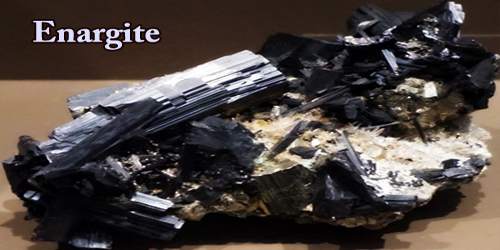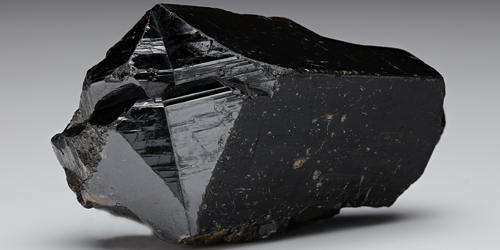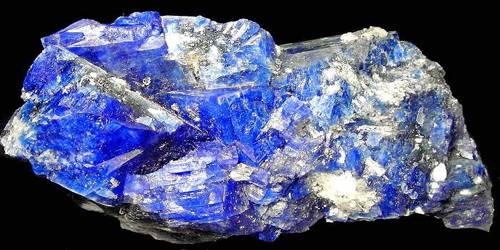Bystrite is a silicate mineral with the formula (Na, K)7Ca(Si6Al6)O24S4.5•(H2O), and a member of the cancrinite mineral group. It is a silicate mineral and a member of the cancrinite group. The mineral was first discovered from the Malaya Bystraya lazurite deposit, south of Lake Baikal in Siberia, Russia. It was named after its place of discovery.
It is a hexagonal crystal, with a 3m point group. The mineral may have been named after the Malaya Bystraya deposits in Russia, where it was found.
General Information
- Category: Tectosilicate
- Formula: (Na, K)7Ca(Si6Al6)O24S5•(H2O)
- Crystal system: Trigonal
- Crystal class: Ditrigonal pyramidal (3m).

Properties
Bystrite is a cancrinite mineral and exhibits similar physical properties, composition, and structure as other cancrinites. It is a yellow colored mineral with a vitreous luster and light yellow streak. With a transparent to translucent appearance, bystrite occurs as splotchy, anhedral crystals, forming inclusions in other minerals or rocks.
The relative hardness of bystrite is 5, and its density is 2.43 g/cm3.
- Color: Yellow
- Crystal habit: Tabular of irregular grains and inclusions
- Cleavage: {1010} Good
- Mohs scale hardness: 5
- Luster: Vitreous
- Streak: light yellow
- Diaphaneity: Transparent to translucent
- Specific gravity: 2.43
Bystrite has a structure that is shared with many of the minerals in the cancrinite group. It exhibits a hexagonal crystal structure with a 3m point group. The structure of bystrite could not be easily found due to the mineral exhibiting a strong pseudotranslation.
Geologic occurrence
Bystrite occurs in a lazurite deposit and is closely associated with minerals like diopside, calcite, and lazurite. The most studied sample of the mineral was found in the Malaya Bystraya deposit in Russia. Bystrite occurs in lazurite deposits and is usually associated with lazurite, calcite, and diopside.
The mineral is not very widely spread; either that or it has not been really searched for due to the lack of importance or significance. There is only one bystrite deposit that was mentioned in the literature, and that deposit is found in the Malaya Bystraya lazurite deposit located 25 km (16 mi) to the west of Slyudyanka, and just south of Lake Baikal in Russia.
Information Source:
















